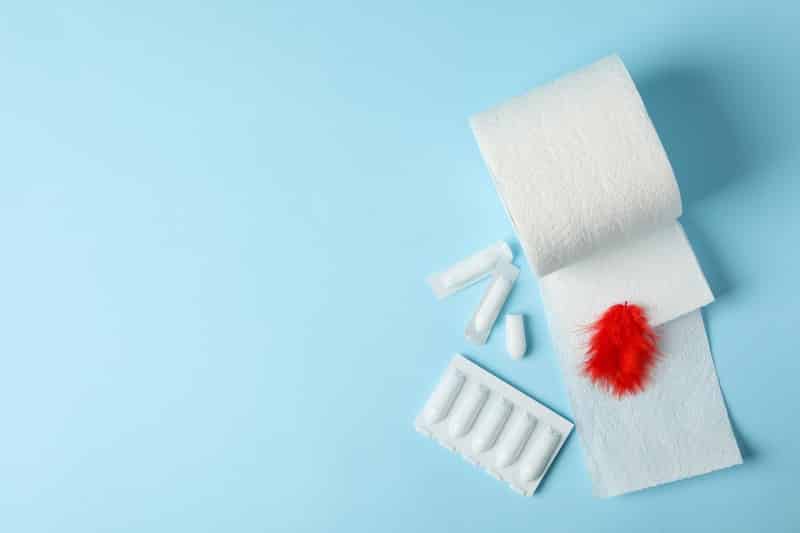Anal Fissures

An anal fissure is a tear or injury in the lining of the anus, where feces are expelled. In most cases, the tear will continue into the internal anal sphincter, a circular ring of muscle. The fissure is considered acute if it has been present for less than six weeks and considered chronic if it persists for more than six weeks.
After a fissure has formed, the internal anal sphincter will often go into spasm, which will cause the tear to become even more separated, restrict blood flow to the region, slow healing, and cause discomfort.
Anal fissures result from diarrhea, anal intercourse, constipation, giving birth, or passing stool that is firm or large.
Moreover, it can also be caused by straining during bowel movements, which is often brought on by constipation. Tears may form anywhere in the anal canal and have the potential to produce stomach spasms, pain, and discomfort, as well as green stool.
Anal fissures do not produce green stool. However, if the patient has an anal fissure due to persistent diarrhea, they will likely have a green stool.










